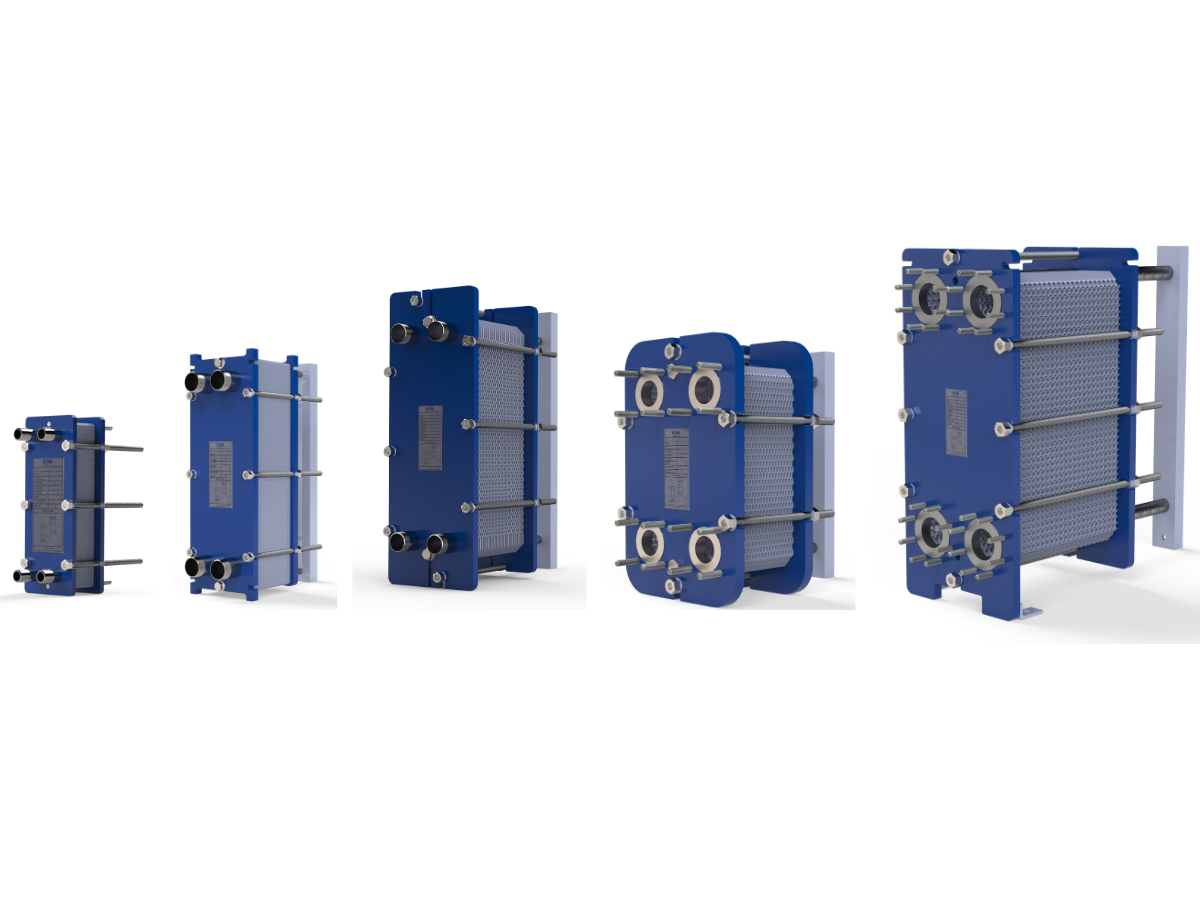Plate Heat Exchangers: Importance and Comparison of Material Options
Plate heat exchangers are known for their compact design and high heat transfer efficiency. The performance and durability of these heat exchangers depend on the type of material used and other process factors. In this article, we will examine and compare the various material options used for the plates in plate heat exchangers.
Comparison of Material Options for Plate Heat Exchangers:
1.) Stainless Steel: Durable, corrosion-resistant, and suitable for hygienic requirements. Widely preferred in the food industry, HVAC systems, and industrial applications.
2.) Titanium: A specialized material used in high temperature and pressure applications. It is resistant to corrosive environments and has a long lifespan. However, it is expensive and typically used in special applications.
3.) Nickel Alloys: Provide high temperature and corrosion resistance. They are preferred in chemical and petrochemical industries.
4.) Hastelloy Alloys: Offer excellent corrosion resistance in abrasive and high-temperature environments. Due to their high durability, they are frequently used in chemical processing and seawater applications.
Selecting the right material for plate heat exchangers significantly affects performance and durability. Considering your application requirements, it is important to choose the most suitable material from options such as stainless steel, titanium, nickel alloys, or Hastelloy.

